The New Age Parents had an interview with Dr. Chng Seo Yi, a Paediatrician at SBCC Baby & Child Clinic (Singapore Baby and Child Clinic) about Obstructive Sleep Apnea.
1. Can you briefly describe what Obstructive Sleep Apnea is in layman’s term?
Obstructive Sleep Apnea (OSA) is a condition whereby there is airway obstruction during sleep with absent breathing or shallow breathing during sleep, which results in decreased oxygen levels, increased carbon dioxide levels and repeated awakenings at night. The most common manifestation of OSA is snoring during sleep.
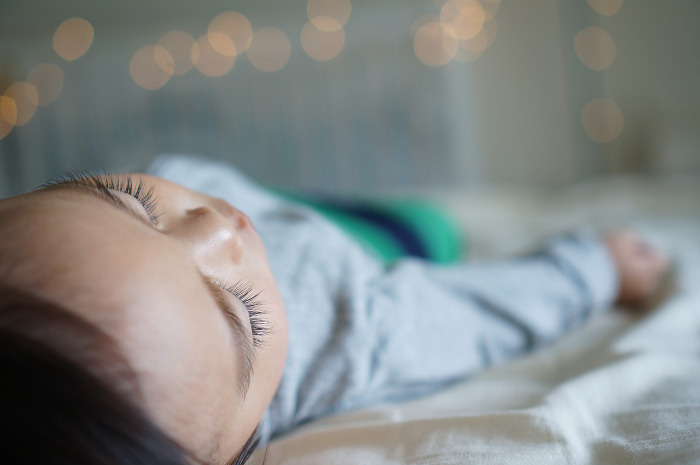
2. Is this common or normal in young children? Currently, what are there any statistics of children with Obstructive Sleep Apnea in Singapore?
Snoring occurs in 28% of Singapore children aged 4 to 7 years old. Habitual snoring, which is snoring on 4 or more nights a week, occurs in 6% of Singapore children aged 4 to 7 years old. Obstructive sleep apnea occurs in 2% of Singapore children. Snoring, habitual snoring and OSA can also occur in babies, younger children and older children; but the peak is at between the ages of 4 to 7 years old.
3. What are the causes and symptoms? How can parents tell, or what are the signs to look out for, if the snoring could be something more serious?
Snoring and OSA in children are usually due to enlarged adenoids (a single clump of tissue in the back of the nose) and tonsils (two clumps of tissue, on either side of the throat) in children.
Other factors that increase the likelihood of OSA in children include allergies and family history of OSA. Snoring and OSA in adults are usually due to obesity and increased fatty tissue around the airway.
The symptoms of OSA in children include snoring, difficulty breathing during sleep, mouth breathing during sleep, episodes where the child is noticed to stop breathing during sleep, restless sleep and frequent awakening during sleep. Children who have OSA may have daytime symptoms such as hyperactivity, irritability or inattention.
4. Is there a cure?
The usual treatment for children who have OSA confirmed by an overnight sleep study is that of removal of the adenoids and tonsils. Very rarely, the child may require a Continuous Positive Airway Pressure (CPAP) machine (refer to picture below) which blows air through the airways into the lungs during sleep.
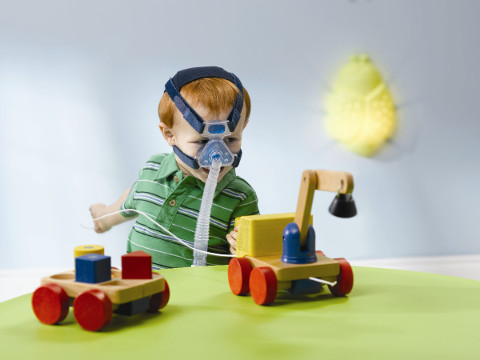
5. Are there any preventive measures/treatments parents should take note of?
If a baby or child has habitual snoring (i.e. snoring on more than 3 nights a week) with other symptoms or complications suggestive of OSA, parents should bring their child to see a pediatrician specialising in sleep disorders. The sleep specialist will examine the child and if necessary, have the child undergo an overnight sleep study test.
The sleep study involves monitoring the child during sleep to measure whether the child has difficulty breathing during sleep or stops breathing during sleep, the child’s oxygen level and carbon dioxide level during sleep, the child’s brain wave activity during sleep and the number of awakenings during sleep, and the heart rhythm during sleep.
6. Are there any side effects or complications?
The consequences of snoring and OSA in children include:
- Neurological complications such as attention deficit hyperactivity disorder, decreased cognition (IQ scores) and poor school performance.
- Cardiac complications such as high blood pressure and changes to the structure of the heart.
- Metabolic complications such as diabetes and high lipid levels.
7. Does it happen to adults too?
Obstructive sleep apnea is more common in adults than in children. However, OSA in adults is usually secondary to obesity unlike in children which is secondary to enlarged adenoids and tonsils. OSA can also cause cardiac and metabolic complications in adults. However, in adults, the brain is fully mature unlike that in children where it is still developing. As such, the neurocognitive and neurobehavioral complications are less in adults compared to children.
8. Any words to say to the parents out there?
Children who snore during sleep may have OSA, which can be diagnosed with a sleep study. In most children with OSA, removal of the adenoids and tonsils will result in complete cure. The complications of OSA such as decreased IQ scores and poor school performance can be reversed with early diagnosis and treatment.
For more information, please visit SBCC Baby & Child Clinic.
* * * * *
Like what you see here? Get parenting tips and stories straight to your inbox! Join our mailing list here.
Want to be heard 👂 and seen 👀 by over 100,000 parents in Singapore? We can help! Leave your contact here and we’ll be in touch.




































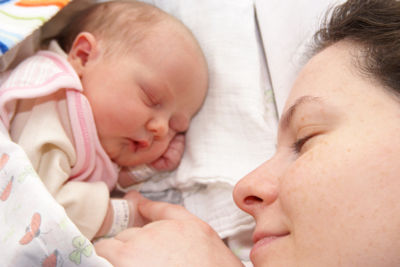
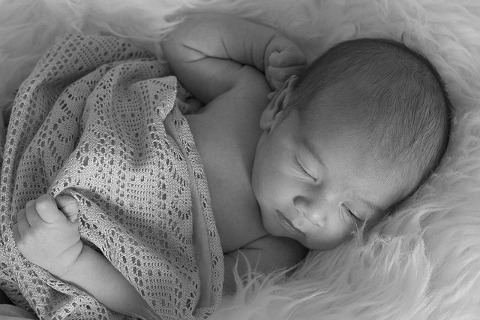
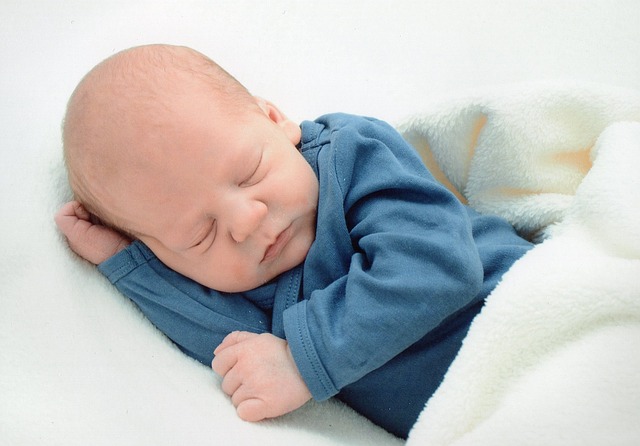
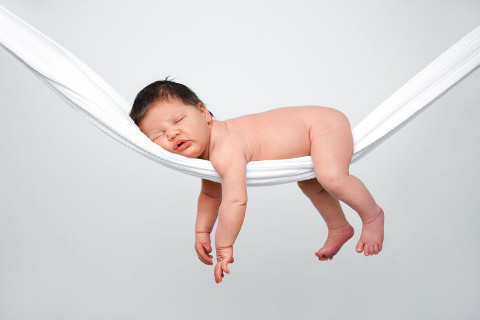


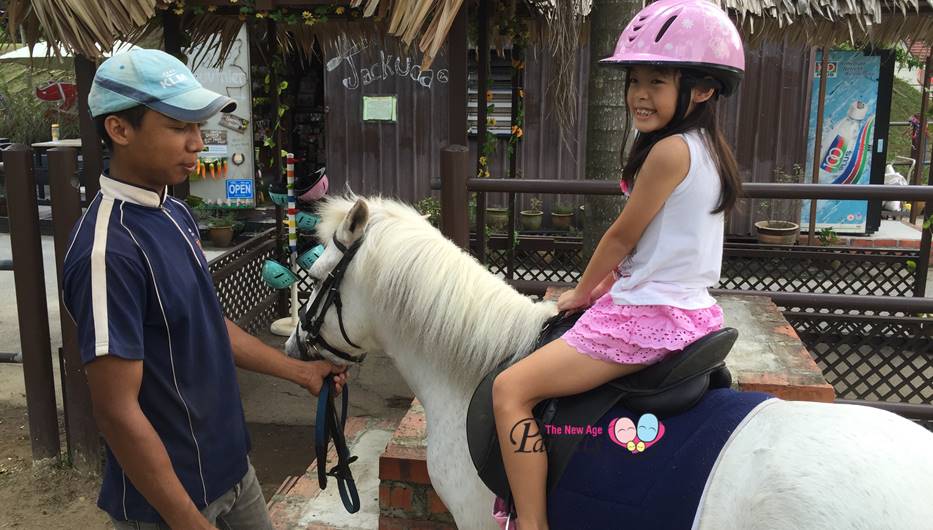
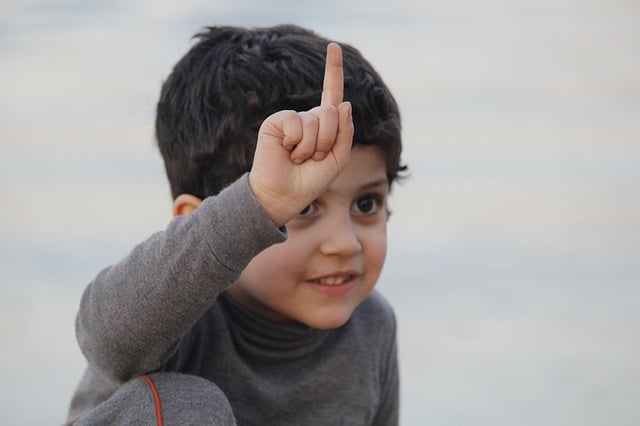
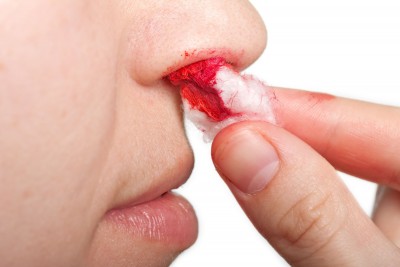
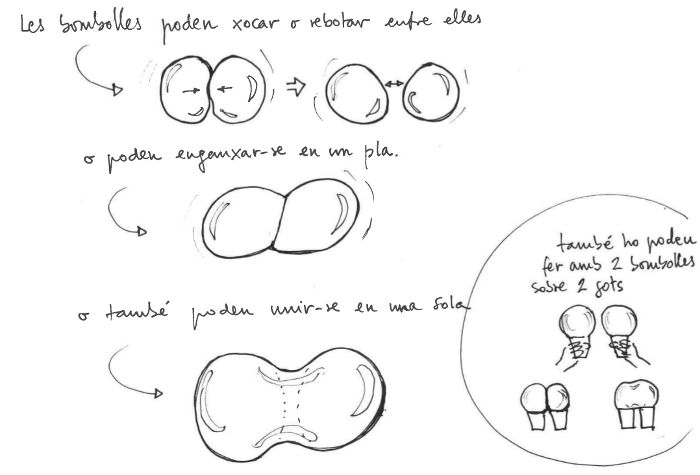
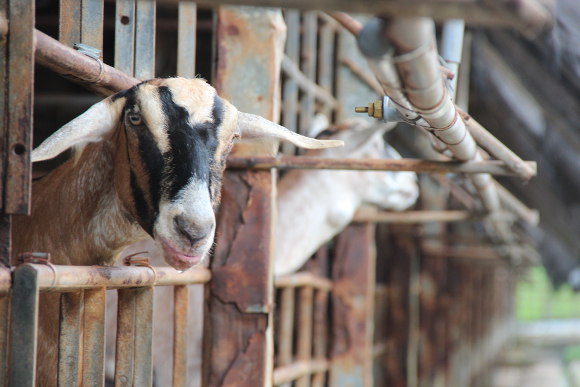










Leave a Comment: